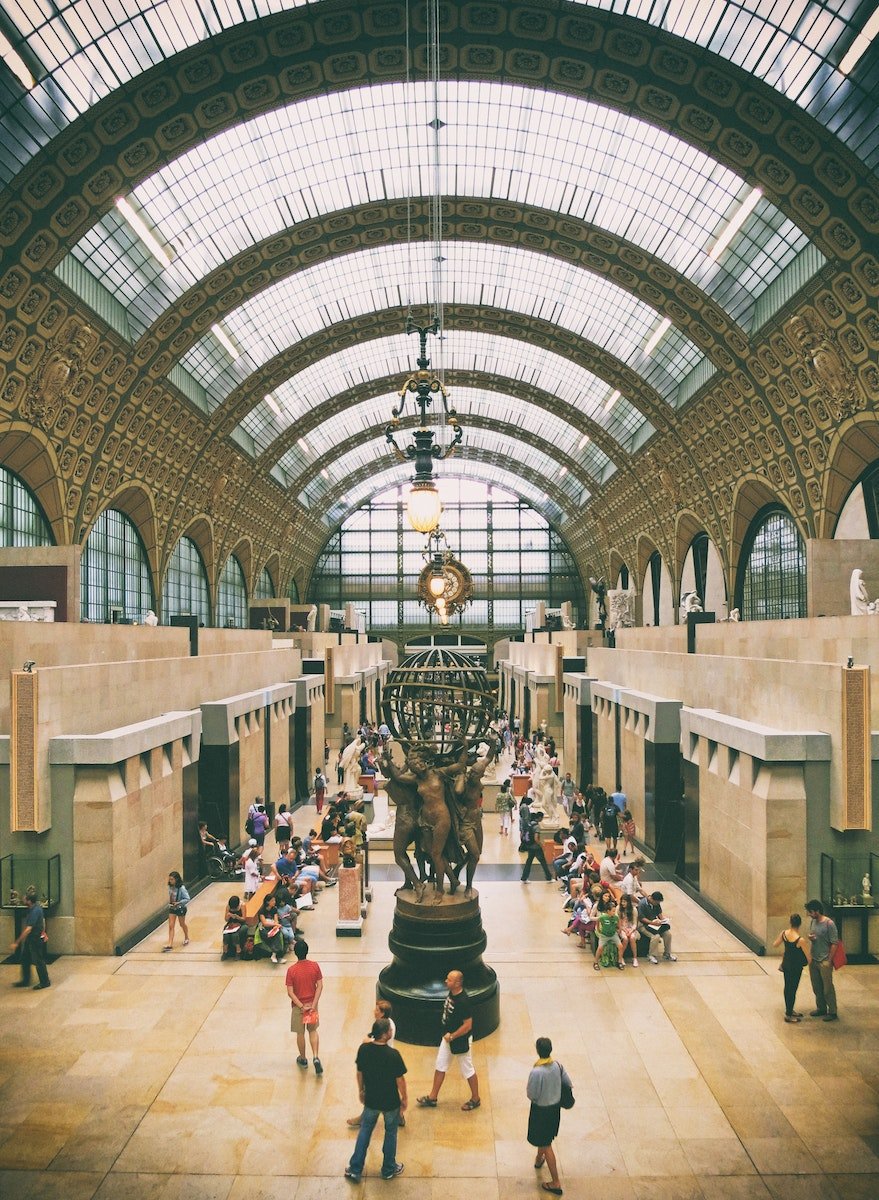Musée d’Orsay

The Musée d’Orsay is one of the most popular museums in Paris, attracting millions of visitors each year. Located on the Left Bank of the Seine River, the museum is housed in a stunning Beaux-Arts railway station built in 1900 for the Universal Exhibition. It’s a must-visit for art lovers and history buffs alike, as it features an impressive collection of paintings, sculptures, and decorative arts from the mid-19th century to the early 20th century.
History of the Museum
The Musée d’Orsay was opened in 1986, following an extensive renovation of the train station that had been abandoned since 1939. The museum was created to showcase the art of the Impressionist and Post-Impressionist movements, as well as other artistic movements of the late 19th and early 20th centuries. Today, the museum houses one of the largest collections of Impressionist and Post-Impressionist art in the world, including works by Monet, Manet, Degas, Van Gogh, and Renoir, among others.
What to See
Visitors to the Musée d’Orsay can spend hours exploring the galleries, admiring the stunning art and architecture. Here are some highlights of the museum’s collection:
- Impressionist and Post-Impressionist Art – The museum’s collection of Impressionist and Post-Impressionist art is world-renowned, featuring masterpieces by Monet, Manet, Degas, Van Gogh, and Renoir, among others. Visitors can see iconic works like Van Gogh’s “Starry Night” and Monet’s “Water Lilies,” as well as lesser-known gems like Caillebotte’s “Paris Street; Rainy Day.”
- Sculpture – The Musée d’Orsay has a rich collection of sculpture from the mid-19th century to the early 20th century. Visitors can see works by Auguste Rodin, Edgar Degas, and Camille Claudel, among others.
- Decorative Arts – The museum’s decorative arts collection includes furniture, ceramics, glassware, and other objects from the Art Nouveau and Art Deco movements. Visitors can see stunning pieces by Hector Guimard, Émile Gallé, and René Lalique, among others.
- Architecture – The Musée d’Orsay’s building itself is a work of art, with stunning Beaux-Arts architecture and a soaring glass roof. Visitors can admire the sweeping staircase and the ornate clock that dominates the main hall.




